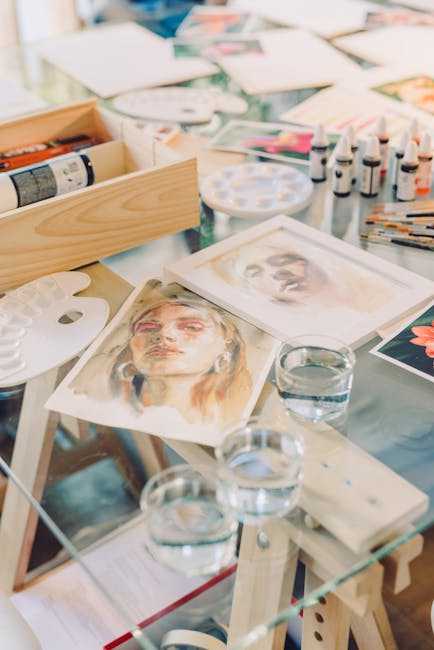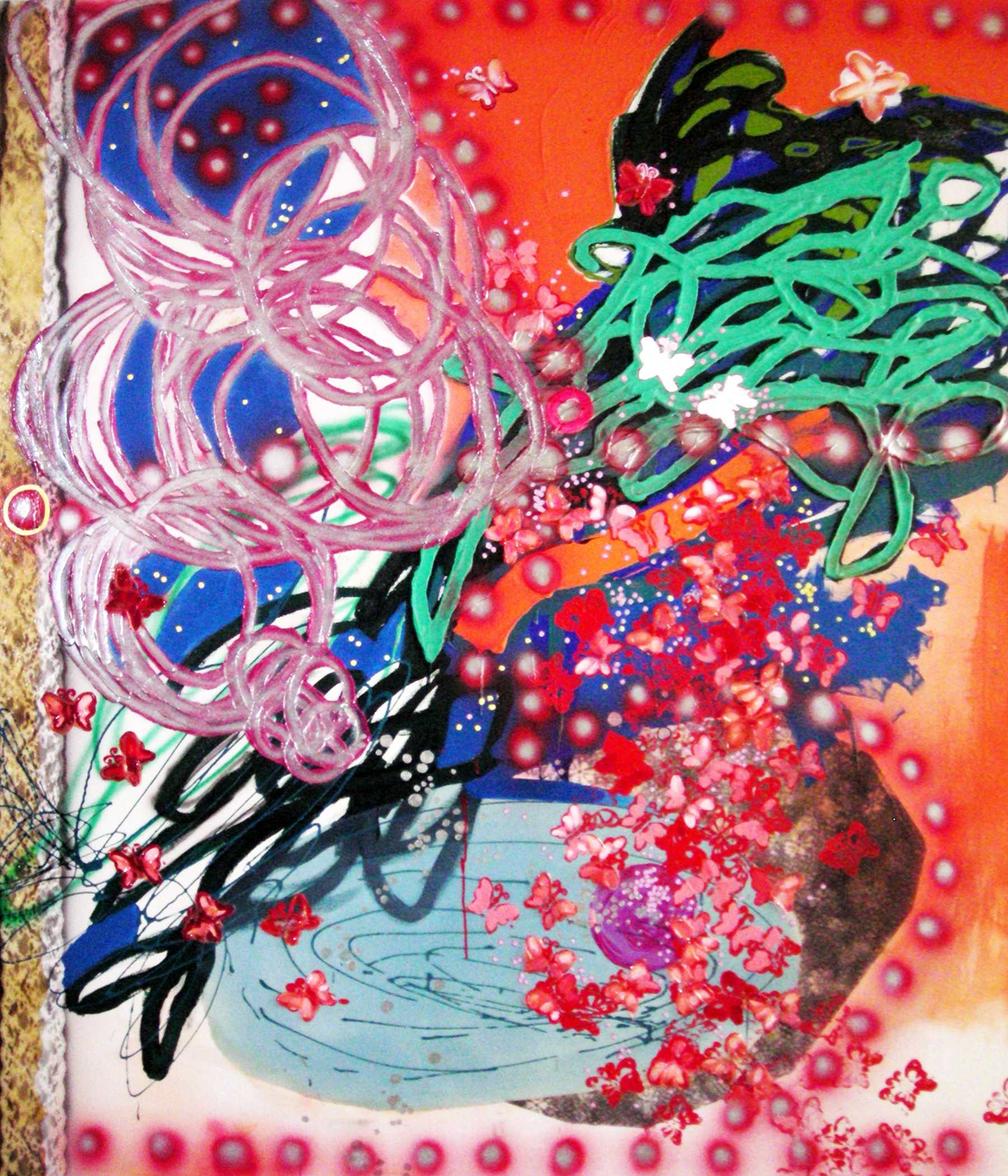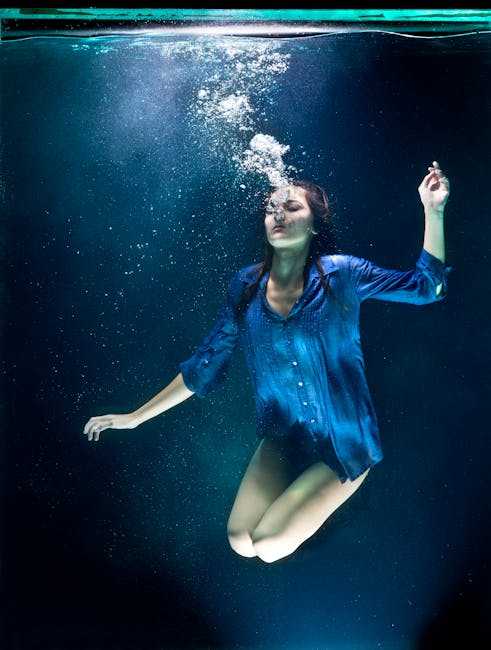Table of Contents
- Mastering the Art of Flower Watercolor Painting
- Essential Techniques for Capturing Floral Beauty
- Choosing the Right Tools for Your Watercolor Journey
- Inspiration and Ideas for Unique Floral Compositions
- Q&A
- In Conclusion
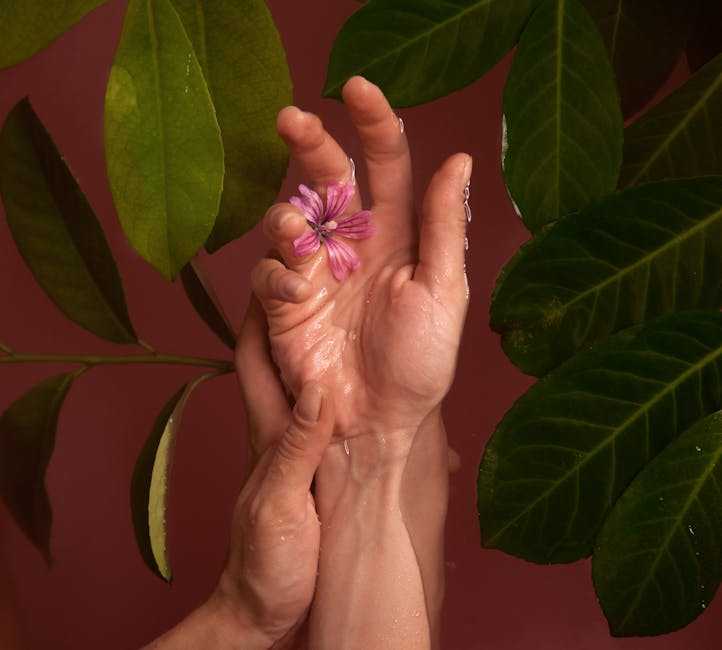

Mastering the Art of Flower Watercolor Painting
Embarking on a journey to paint flowers with watercolors is not just an exploration of art; it’s an adventure through color, light, and form. This medium offers a delicate translucency that makes flowers come alive on paper, capturing their ethereal beauty. Start with choosing your subjects—roses, lilies, or tulips; each has its own character and complexity. A basic understanding of flower anatomy can make a significant difference. Identifying the various parts such as petals, stamen, and leaves helps in creating a more realistic portrayal of the blossoms.
Essential Supplies to get started include:
- High-quality watercolor paper
- A selection of brushes (round and flat)
- A diverse palette of watercolor paints
- Masking tape for edges
- Pencils and erasers for initial sketching
Diving into technique, explore the magic of wet-on-wet and wet-on-dry methods. The wet-on-wet technique, which involves applying color to a damp surface, is ideal for soft gradient petals, creating a dreamy, diffused effect. Conversely, the wet-on-dry method provides better control and detail, enabling crisp lines and intricate designs such as detailing the veins of leaves or the delicate edges of petals. Understanding and applying these techniques effectively can vastly improve your works of art.
Color blending is another pivotal skill. Mix colors on your palette and paper to mirror the natural hues and gradients found in flowers. Know when to use bold, intense pigments and when to let the light translucency of watercolors suggest subtler tones. Below is a simple guide:
| Flower Type | Recommended Blending Colors |
|---|---|
| Rose | Crimson, Coral, Warm Yellow |
| Sunflower | Cadmium Yellow, Sepia, Olive Green |
| Lavender | Purple, Lilac, Sage Green |
Essential Techniques for Capturing Floral Beauty
The allure of flowers, with their vivid hues and delicate forms, presents a unique challenge and an equally rewarding subject for watercolor artists. To faithfully capture their enchanting splendor, it’s crucial to harness a few key watercolor techniques. Layering is perhaps the most fundamental technique. By building up layers of translucent washes, you can achieve depth and dimension, mirroring the complexity of petals and leaves. Begin with lighter washes to outline basic shapes, then slowly add more colors, increasing in intensity, to highlight shadows and intricate details.
Another critical aspect is mastering the use of wet-on-wet techniques. This involves applying pigment onto wet paper, allowing colors to blend naturally and create soft, harmonious transitions perfect for rendering the delicate textures of petals. It’s a technique that demands a controlled touch and an intuitive understanding of watercolor behavior, as the moisture level in the paper dramatically influences the final outcome.
- Color Harmony: Select a palette that resonates with the natural beauty of your floral subject.
- Negative Space: Use the white of the paper strategically to define leaves and buds.
- Brush Strokes: Experiment with various brushes to achieve different petal textures.
| Technique | Purpose | Difficulty |
|---|---|---|
| Dry-on-dry | Creates detailed textures | High |
| Wet-on-dry | Defines sharp edges | Medium |
| Glazing | Adds depth | Low |
To truly capture the essence of floral beauty, don’t overlook the power of color theory. Understanding how colors interact can elevate your work from a simple study to a vibrant, expressive piece. Balance warm and cool tones judiciously to give your painting energy and life. When portraying something as ephemeral as a flower, let your intuition guide your brush, ensuring each stroke reflects nature’s elegance in a unique and personal way.
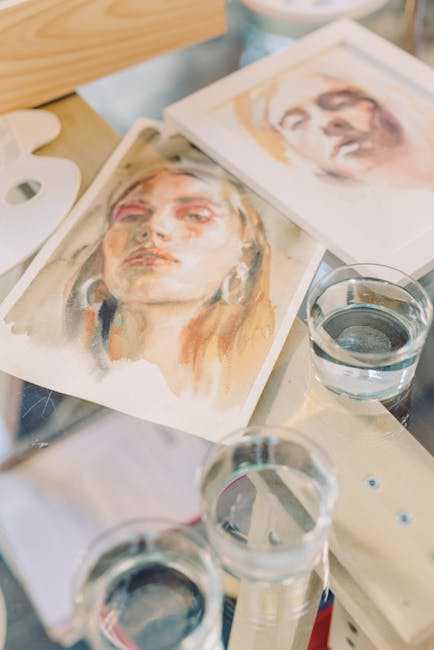

Choosing the Right Tools for Your Watercolor Journey
Embarking on your journey to create mesmerizing flower watercolor paintings starts with selecting the right tools that complement your artistic endeavors. Every artist requires a unique set of materials that resonate with their style, but certain essentials remain universally beneficial. The key is to balance quality and affordability, enabling you to experiment freely without compromising on results.
- Brushes: Invest in a range of brushes to explore various techniques. Look for high-quality synthetic or sable brushes that retain water well and maintain a sharp point. Round brushes are versatile for different strokes, while flat brushes can be ideal for wash and straight lines.
- Paper: Choose watercolor paper with at least 300gsm as it handles water more efficiently. Cold-pressed paper adds texture, enriching floral details, whereas hot-pressed paper offers a smoother finish for more intricate work.
- Paints: Explore professional-grade paints for vibrant hues that blend seamlessly. Tubes provide intense color options, while pans are convenient for travel or plein air painting. Essential colors include primary reds, blues, yellows, and a green specific to your floral subject.
- Palette: Opt for a large mixing palette with ample wells to explore different color mixes, ensuring you can replicate shades consistently across your artwork.
Your tools will serve as the foundation of your creative expressions, each one resonating with the essence of nature you wish to capture. As you choose, also consider the comfort and personal appeal they offer. Ergonomically designed brushes, vibrant paints with just the right texture, and the paper’s tactile feedback can significantly uplift your painting experience.
| Tool | Recommended Feature | Benefit |
|---|---|---|
| Brushes | Synthetic/Sable Mix | Superior water retention |
| Paper | 300gsm cold-pressed | Enhanced texture for floral details |
| Paints | Professional-grade tubes | Vibrant, blendable colors |
The joy of painting flowers in watercolor lies in the freedom and flow of color on paper. Experiment with these tools to discover what fits your personal style best, letting your creativity bloom. As you grow more confident, your collection of tools might expand, but the essentials you choose now will always hold significant roles in your art journey.


Inspiration and Ideas for Unique Floral Compositions
Exploring the realm of watercolor with a floral subject opens the door to a world filled with vibrant colors and delicate forms. To ignite your creativity, consider incorporating unconventional color palettes and various styles to transform ordinary blooms into masterpieces. For instance, using hues that mimic the twilight—deep purples, shimmering golds, and soft blues—can reinterpret a familiar red rose into a mystical evening bloom, sparking intrigue and interest.
Techniques play a crucial role when bringing your floral visions to life. Experimentation with different brushstrokes can give your petals unique textures. Try using a dry brush for adding fine details to dew-laden petals or employing the wet-on-wet method to blend colors seamlessly on a dahlia, creating an ethereal look. Emphasizing the fluidity of watercolor paints encapsulates the natural spontaneity of flowers, allowing them to spring into view with life-like allure.
Texture and layer construction further elevate the artistry. Techniques such as translucent layers can build depth and realism in your floral subjects. Check out the following ideas to enhance your pieces:
- Layered petal techniques for three-dimensional effects
- Salt application to mimic pollen dust or leaf speckling
- Splattering to create whimsical atmospheres
Inspiration doesn’t have to come solely from living flowers. Nature illustrations and historical botanical prints can provide a window into historic practices and forgotten floral varieties. Consider introducing elements such as:
| Source | Discoveries |
|---|---|
| Victorian botany books | Rare species and forgotten blooms |
| Japanese woodblock prints | Simplified elegance and gentle aesthetics |


